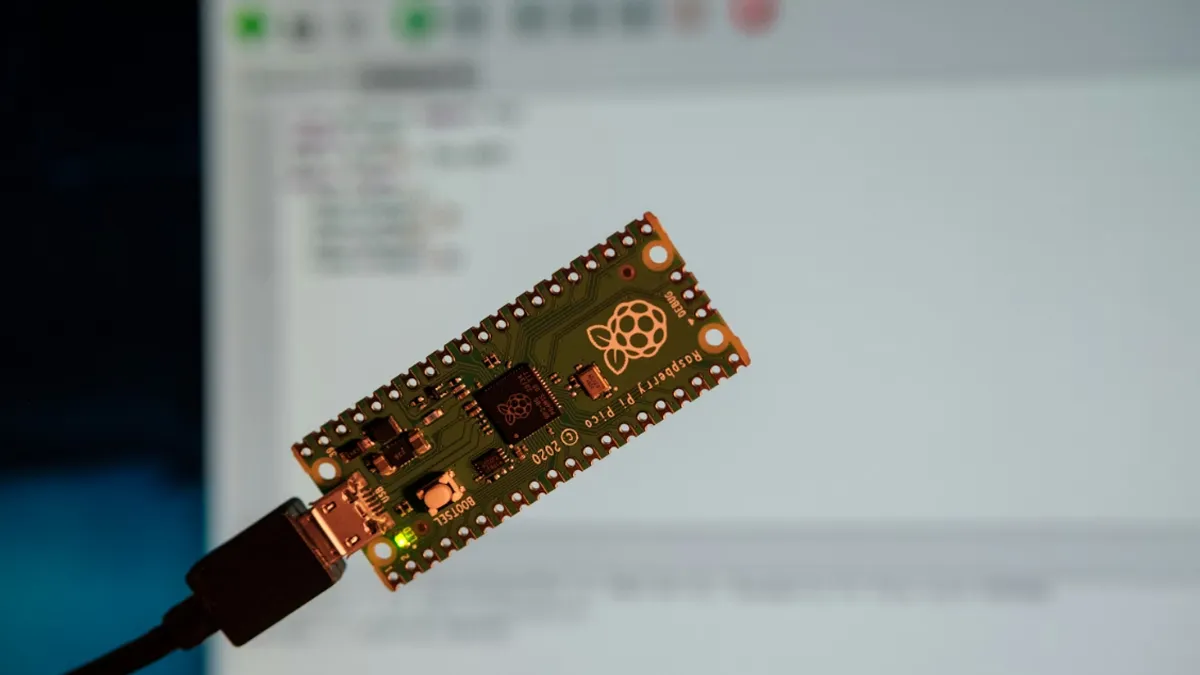
Certain Chemicals in Toys to Be Banned in the U.S.
Attention Toy Manufacturers Exporting to the U.S.!
In 2025, the U.S. Consumer Product Safety Commission (CPSC) will enforce stricter regULations for children's products. The blacklist of phthalates may be expanded, and the astm f963 testing standard will also be updated.
Can your products still remain compliant?
Key Regulatory Changes: These Substances May Be Banned!
1. Phthalates Restrictions Upgraded
Current Status:
Eight types of phthalates (e.g., DEHP, DBP) are currently banned in children's toys and childcare articles in the U.S. (limit: 0.1%).
2025 Regulation Update:
CPSC plans to add substances such as DPENP, DCHP, and DMP (under evaluation). The restricted list may expand to over 12 substances!
▶ Impact:
Plastic toys, baby pacifiers, comfort items, etc., may require formula re-evaluation and retesting.
2. ASTM F963 Standard Revision
Major Updates:
- Inclusion of PFAS (per- and polyfluoroalkyl substances) and BPA (BISphenol A) restrictions.
- Enhanced test methods for migratable heavy metals (e.g., lead, cadmium).
▶ Impact:
All toys exported to the U.S. must undergo testing under the new standard. Certification costs may increase.
Timeline: Key Dates to Watch
- September 2024:CPSC to release the Fall Agenda confirming the final proposal.
- March–June 2025:Draft regulations open for public comment.
- By December 2025:Regulation may officially take effect (transition period of approx. 6–12 months).
Note: If companies fail to prepare in advance, their products may be detained or recalled starting in 2026!
Compliance Strategy: 3 Steps to Stay Ahead
1. Supply Chain Screening
Immediately review raw materials (especially plasticizers and coatings) and replace any potentially high-risk cheMICals.
2. Early Testing & Certification
Contact a CPSC-accREDited lab (e.g., JJR) to conduct pre-testing based on draft requirements—avoid bottlenecks later.
3. Stay Informed
Monitor regulatory updates and adjust compliance strategies proactively.
Email:hello@jjrlab.com
Write your message here and send it to us
 How to get a D-U-N-S® Number for US FDA Registrati
How to get a D-U-N-S® Number for US FDA Registrati
 Household Massage Devices Compliance in the China
Household Massage Devices Compliance in the China
 Compliance for the Global In Vitro Diagnostic (IVD
Compliance for the Global In Vitro Diagnostic (IVD
 Compliance Guide for Nebulizers in European and Am
Compliance Guide for Nebulizers in European and Am
 Cybersecurity Certification Service for EU RED Dir
Cybersecurity Certification Service for EU RED Dir
 ANATEL Certification Compliance Guide for Brazil M
ANATEL Certification Compliance Guide for Brazil M
 Energy Storage Battery Brazil Inmetro Certificatio
Energy Storage Battery Brazil Inmetro Certificatio
 Southeast Asia Compliance Requirements for EV Char
Southeast Asia Compliance Requirements for EV Char
Leave us a message
24-hour online customer service at any time to respond, so that you worry!




